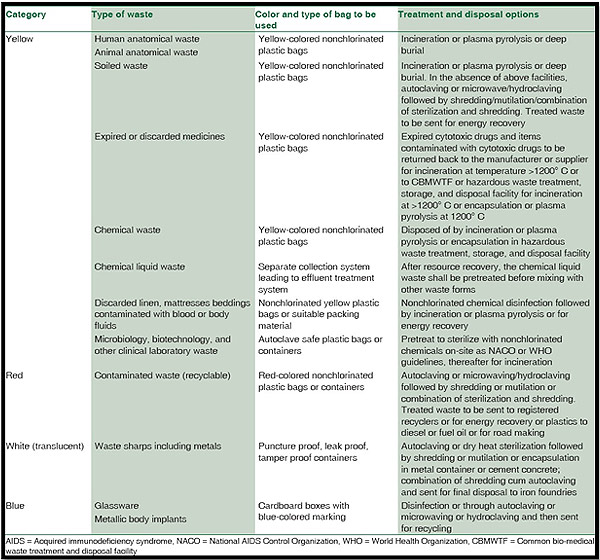The smart Trick of Reclaim Waste That Nobody is Discussing
The smart Trick of Reclaim Waste That Nobody is Discussing
Blog Article
The Buzz on Reclaim Waste
Table of ContentsThe Only Guide to Reclaim WasteAn Unbiased View of Reclaim WasteThe Basic Principles Of Reclaim Waste Examine This Report on Reclaim WasteGetting My Reclaim Waste To Work
Explore the kinds, incidents, and kinds of liquid waste. Domestic sewer waste describes the waste and products from a property sewage-disposal tank. This kind of waste is developed by human beings in homes, institutions, and various other structures. This only consists of sewage-disposal tanks that have a drainpipe field. The proper administration and disposal of domestic sewer waste call for fluid waste to be transferred to a sewage therapy plant where the appropriate approaches and tools are related to cleanse and take care of waste.
Business waste typically includes possible risks, such as flammable products or a combination of liquid and solid waste items, and requires an advanced and comprehensive disposal procedure. The disposal of business waste generally involves the filtration of waste before transport to make certain safe and correct disposal. Hazardous waste is created from results and drainage of commercial procedures and manufacturing.
This sort of waste can not use the same sewer monitoring transport or processes as septic or industrial fluids. The hazardous waste monitoring procedure calls for the examination and screening of fluid waste before it undergoes the disposal procedure (liquid waste disposal). Drainage waste is the liquid waste that comes from runoff and excess stormwater in extremely populated locations or cities
Overflow waste can trigger contamination and flooding if not managed properly. Ensuring appropriate waste administration can prevent catastrophes and lower environmental damage.
The smart Trick of Reclaim Waste That Nobody is Discussing
Get in touch with PROS Providers today to find out concerning our waste administration and disposal solutions and the proper methods to take care of the liquid waste you produce.
(https://www.anyflip.com/homepage/imqzz#About)Do you know what takes place to your water when you disengage, flush the commode or drain the washing device? No? Well, it's worth understanding. This so-called 'wastewater' is not just a crucial source but, after treatment, will certainly be released to our land, waterways or the sea. Used water from toilets, showers, bathrooms, kitchen area sinks, washings and industrial processes is called wastewater.

water utilized to cool down equipment or clean plant and devices). Stormwater, a type of wastewater, is runoff that flows from farming and city locations such as roofs, parks, yards, roadways, paths and gutters right into stormwater drains Your Domain Name pipes, after rainfall. Stormwater streams without treatment straight to neighborhood creeks or rivers, at some point reaching the sea.
Reclaim Waste - An Overview
In Queensland, most wastewater is dealt with at sewer treatment plants. Wastewater is transferred from residential or industrial sites with a system of sewers and pump terminals, called sewerage reticulation, to a sewer therapy plant. Local governments develop, maintain and run most sewer therapy plants. Operators are accredited under the Environmental Management Act 1994 to release cured wastewater at an appropriate environmental requirement right into waterways.
The Department of Natural Resources suggests neighborhood governments concerning managing, operating and preserving sewage systems and treatment plants. In unsewered locations, regional federal governments may call for homeowners to mount specific or house sewer therapy systems to treat domestic wastewater from commodes, kitchen areas, bathrooms and laundries. The Division of Natural Resources authorizes the usage of house systems when they are verified to be reliable.
Many stormwater gets no treatment. In some new subdivisions, treatment of some stormwater to remove litter, sand and gravel has started making use of gross contaminant catches. Wastewater therapy occurs in 4 phases: Removes solid issue. Bigger solids, such as plastics and other things mistakenly released to sewage systems, are removed when wastewater is travelled through screens.
Wastewater after that streams right into big tanks where solids settle and are eliminated as sludge. Oil and scum are skimmed from the surface. Makes use of little living microorganisms recognizes as micro-organisms to damage down and eliminate remaining liquified wastes and great particles. Micro-organisms and wastes are incorporated in the sludge. Eliminates nitrogen and phosphorus nutrients that might trigger algal blooms in our waterways and intimidate aquatic life.
The Of Reclaim Waste
Nutrient elimination is not offered at all sewer therapy plants because it calls for costly specialised devices. Clear fluid effluent produced after therapy might still contain disease-causing micro-organisms - industrial wastewater treatment.

Many wastewater flows right into the sewerage system. Under the Act, neighborhood federal governments administer authorizations and licences for eco pertinent activities (Ages) including wastewater launches that could have a local effect.
7 Simple Techniques For Reclaim Waste
Or else, examples are taken for research laboratory analysis. Commonly numerous examinations are needed to develop the levels of each of the different pollutants such as oils, hefty metals and pesticides in water. Monitoring offers factual info about water high quality and can validate that permit conditions are being met. The details obtained via monitoring gives the basis for making water quality choices.
Report this page